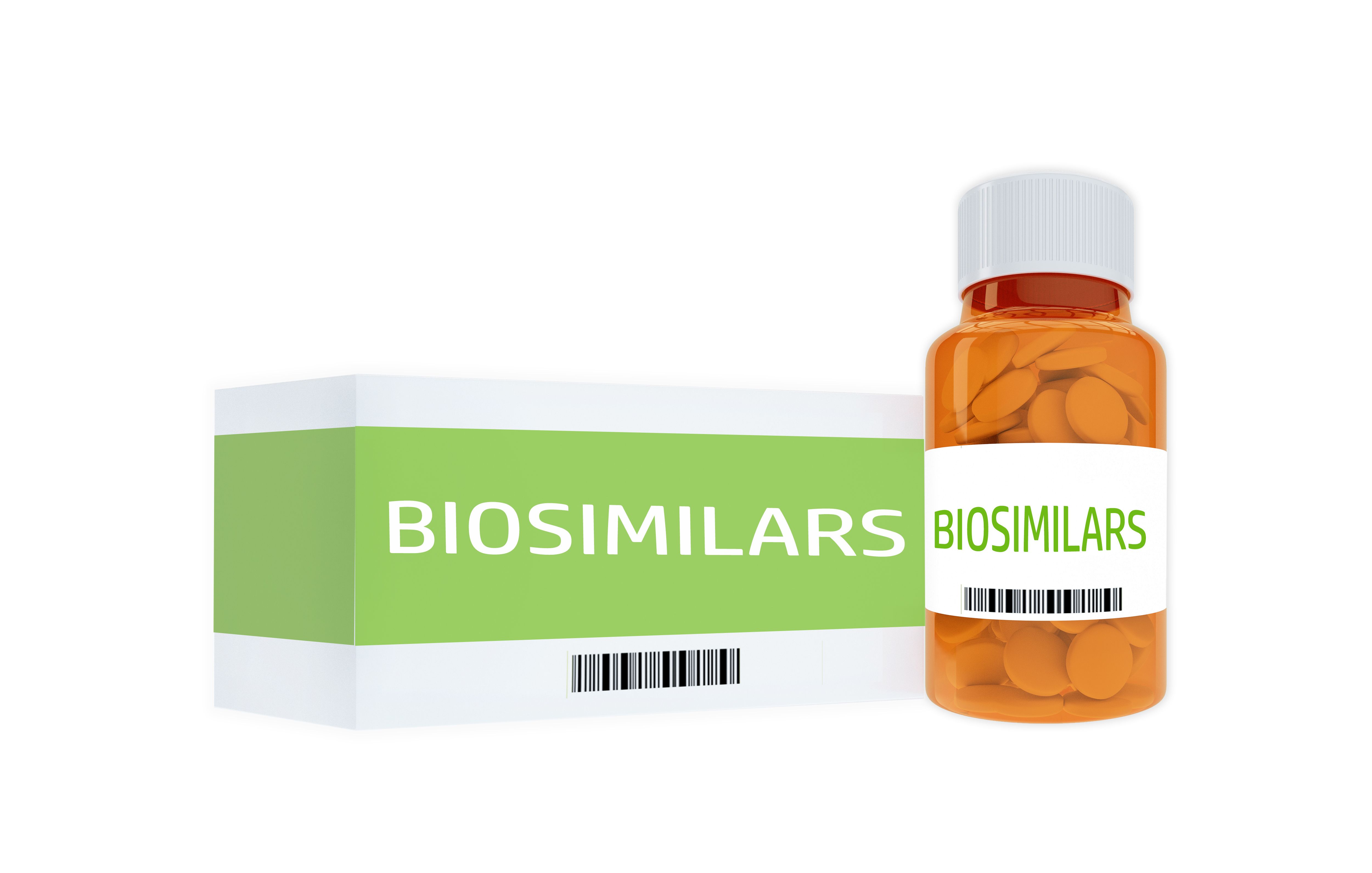Article
Study Finds No Significant Effect on Infusion Reactions, Cardiac Dysfunction When Switching from Trastuzumab to Biosimilar in HER2-Positive Breast Cancer
Author(s):
Infusion reactions in the switching group did not occur with switching, but rather only with reference trastuzumab administration.
A safety study of patients with human epidermal growth factor receptor 2 (HER2)-positive, chemotherapy-naïve breast cancer found that switching from reference trastuzumab (Herceptin; Genentech) to its biosimilar may not have a significant effect on the frequency of infusion reactions or the occurrence of cardiac dysfunction.
Credit: hafakot - stock.adobe.com

Utilizing biosimilars can present significant opportunities for medical cost optimization. Biosimilar trastuzumab, launched in 2018, is clinically used less than its reference drug, but new research has suggested it is a viable treatment option. However, despite its approval as a biosimilar, investigators noted that monitoring for adverse events is important regardless of the history of use of the reference drug.
For example, trastuzumab treatment requires careful observation and response to infusion reactions, as well as monitoring for cardiac dysfunction. Although experts assume that there will be cases in which patients switch from the reference drug to a biosimilar, there is a severe lack of information on infusion reactions and cardiac dysfunction in these cases.
In the study, investigators reviewed medical records of patients administered a regimen of paclitaxel plus reference trastuzumab as the first adjuvant therapy treatment between April 2018 and March 2022 at the Saitama Cancer Center in Japan. Participants were divided into 3 groups: reference trastuzumab-only; a group that switched from reference trastuzumab to the biosimilar; and a biosimilar-only group.
The study included 37 patients, with 21 in the reference trastuzumab group, 9 in the switching group, and 7 in the biosimilar group.
Infusion reactions of grade 1 or higher developed in 5 patients (24%) in the reference trastuzumab group, 3 patients (33%) in the switching group, and 2 patients (29%) in the biosimilar group. Importantly, 3 patients in the switching group developed infusion reactions at the first dose of reference trastuzumab. There was no significant difference in infusion reaction expression between the reference trastuzumab group and the biosimilar group.
Infusion reactions were characterized by the presence of fever, chills, erythema, skin rash, pruritus, and flushing. In 7 of 9 patients, the time of onset was the day of or the day after the start of treatment.
In the cardiac function assessment, all patients had a left ventricular ejection fraction (LVEF) of at least 60% before treatment initiation and no patients had heart failure. LVEF was measured after the start of treatment in 20 patients, including 12 in the reference trastuzumab group, 4 in the switching group, and 4 in the biosimilar group. No patients discontinued treatment due to a decrease in LVEF caused by treatment.
Based on these findings, the investigators said there were no significant differences in the frequency of infusion reaction expression between reference trastuzumab and the biosimilar, which is similar to an earlier study. However, the authors confirmed infusion reactions in the switching group and found that it did not occur with switching, but rather only with reference trastuzumab administration.
The investigators said they initially expected reactions to occur when switching from the reference to the biosimilar and continuing treatment, although reactions did not occur in all 9 patients in the switching group. They offered 2 potential reasons, including the dosing differences at the time of switching, and the fact that the dose of biosimilar trastuzumab in the switching group corresponds to a maintenance dose.
When examining cardiac function, the investigators said 1 patient in the reference trastuzumab group exhibited a decrease in LVEF of more than 10 points before and after treatment, but LVEF was still within normal limits and the patient continued treatment after the decrease. Currently, periodic post-treatment LVEF testing is not performed on all patients and requirements vary between institutions, but the investigators said some patients may experience a decline in cardiac function during trastuzumab therapy, and monitoring is still necessary.
REFERENCE
Abe T, Sagara A, Okada D, Matsuzaka K. Safety survey on infusion reaction and cardiac dysfunction when switching from reference trastuzumab (HERCEPTIN) to biosimilar trastuzumab (Trastuzumab-NK) in the treatment of HER2-positive breast cancer. Mol Clin Oncol 2023;18(5):41. doi:10.3892/mco.2023.2637





